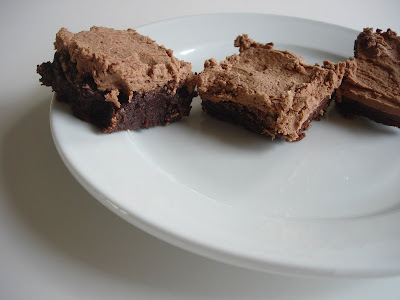
I have found that in America, Vietnamese food hasn’t won over the hearts and stomachs of Americans in the same way as the cuisines of China and Japan. With the use of fresh fruits and vegetables, minimal oil, and meat as accent rather than the focal point, the food of Vietnam is one of the healthiest cuisines in the world.
Vietnamese food is earthy and ethereal, a cuisine of sharp contrasts, harmoniously married in delicate flavors; a zen-like balance of fresh herbs, vegetables, light protein and nuanced spices. Complex sweet and sour, salty and spicy flavor profiles are coaxed from fish sauce, rice, lemon grass, sugar, chilis and lime.
Perhaps winter isn’t the most apropos season for light, crispy, summery appetizers, but I make an exception for these mouth-watering, flavor-coma inducing Vietnamese spring rolls. I serve them crispy and hot, along with a tangy raw carrot salad and dipped in a sweet and sour nuoc cham, a condiment as pervasive in Vietnamese cooking as soy sauce is to Chinese cooking.
The original recipe, from Bach Ngo’s The Classic Cuisine of Vietnam, requires deep frying. I prefer to bake them in the oven on a cookie sheet, which eliminates some of the fat content while maintaining the essential otherworldly crunch and tender interior.

Filling:
2 ounces cellophane noodles, soaked in warm water for 20 minutes, then drained and cut into 1-inch pieces
1 pound ground pork
1 large onion, finely chopped
3 garlic large cloves, finely chopped
3 shallots, finely chopped
1 can (7 ounces) jumbo lump crabmeat
1/2 teaspoon freshly ground black pepper
20 sheets dried rice papers (triangle shaped banh trang)
Water
1 tablespoon peanut oil plus more for greasing the baking sheet.
Lightly grease a baking sheet with peanut oil.
Heat 1 teaspoon peanut oil in a pan over medium heat and sautee the onion and shallots until just translucent. Let cool. Combine the filling ingredients, including the cooled onion and shallots, in a bowl and set aside.
Place the rice paper on a flat surface. Using a pastry brush, paint water over the entire surface of each of the pieces; this is to make the brittle papers soft and flexible.
When the wrapper looks soft and transparent, place about 1 tablespoon of filling near the pointed edge. Bend the corner over the filling and roll twice, then fold the sides over and continue to roll into a cylinder. Place spring rolls on the baking sheets, with the open end on the underside to prevent unrolling, while you fill the remaining rolls.
Place the rolls in the oven, directly on the oven rack, without preheating (They can be crowded together while baking so that you can get many onto 1 rack). Turn the oven to 350 degrees and bake them approximately 40 minutes, 20 minutes on each side, until crispy and golden brown.
To serve the spring rolls:
Mix 1 tablespoon of carrot salad into the nuoc cham and serve spring rolls with individual dipping bowls.
Accompaniments for serving:
Nuoc Cham:
2 cloves garlic
1 fresh hot red chili pepper or 2 dried
4 heaping teaspoons granulated sugar
1/4 fresh lime
4 tablespoons fish sauce
5 tablespoons water
Peel the garlic. Split the chili pepper down the center and remove the seeds and membrane. Cut into pieces and put into a mortar, together with the garlic and sugar. Pound into a paste. Squeeze lime juice into the paste, then with a small knife remove the pulp from the lime section and add it as well. Mash this mixture and add the fish sauce and water.
Yields 5/8 cup.
Carrot Salad:
1 carrot
1/2 cup water
1 teaspoon vinegar
Pinch of salt
1 teaspoon granulated sugar
Peel the carrot, then, using your feeler, cut long strips of carrot, trying to get as wide a slice as possible, or shred the carrot in a food processor. Take each strip, roll it up tightly, and then cut into thin strips.
Combine the water, vinegar, salt, and sugar. Add the thin carrot strips to the mixture and marinate for at least 15 minutes, or until ready to use. This can be prepared a day ahead. Before using, always drain and discard the liquid.
Triple recipe to serve as a side dish. Carrot salad is always added to Nuoc Cham when it is served with spring rolls.
Yield 1/3 cup























